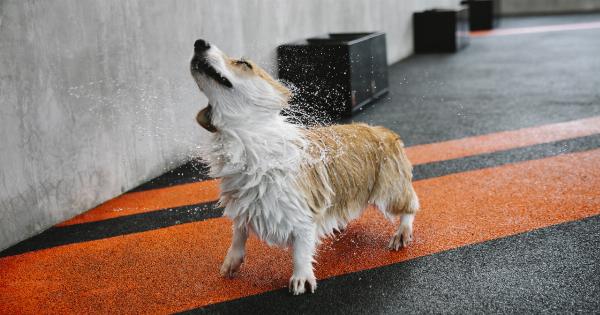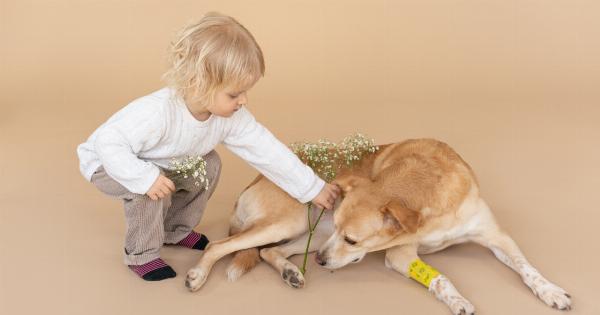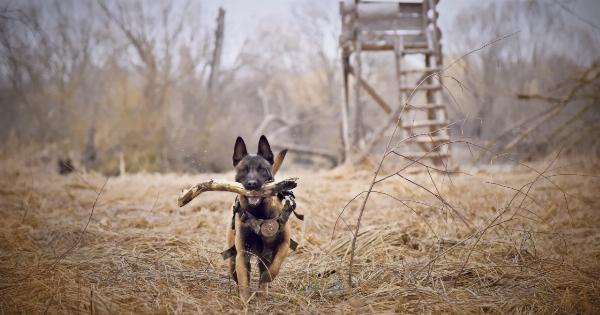When it comes to learning, dogs are known for their amazing ability to pick up on new things quickly. From obedience training to complex tricks, dogs have shown that they can learn a wide range of skills and behaviors.
Research has shown that dogs are capable of learning much more than we ever thought possible, breaking the limits of what we previously believed to be their learning capabilities. In this article, we will explore the incredible abilities of dogs when it comes to learning.
How Do Dogs Learn?
Dogs learn in a variety of ways, including through observation, association, and reinforcement. When a dog observes something or someone, it can learn from what it sees.
For example, if a dog sees its owner reach for the leash, it quickly associates that action with going for a walk. Dogs also learn through association – they connect certain stimuli with certain behaviors. For instance, they may associate the sound of the doorbell with the arrival of someone new, and begin to bark.
Reinforcement is also a key factor in how dogs learn. Positive reinforcement, such as giving a treat or praise, reinforces desired behaviors, encouraging the dog to repeat them in the future.
Negative reinforcement, such as removing an unpleasant stimulus, can also reinforce desired behaviors.
Obedience Training and Beyond
One of the most well-known areas of dog learning is obedience training.
This type of training teaches dogs basic commands, such as “sit,” “stay,” “come,” and “heel.” Obedience training begins at a young age and requires consistent reinforcement and repetition. While many dogs are able to learn basic obedience commands, some dogs are capable of much more.
For example, some dogs are able to perform complex tricks and even compete in competitions. The agility training involves an obstacle course that requires dogs to navigate through tunnels, over jumps, and around cones.
The highest level competition requires dogs to perform the course in less than 30 seconds, demonstrating their speed, athleticism, and training. Likewise, dogs are also trained to compete in canine freestyle, a type of choreographed dance between dog and handler, showcasing the dog’s ability to perform complex routines, including spins, jumps, and other dance moves.
Service and Therapy Dogs
Another arena in which dogs’ exceptional learning abilities are put to use is in service and therapy work. Some dogs are trained to assist people with disabilities, performing tasks such as opening doors, fetching objects, and even turning on lights.
Service animals are also trained to provide emotional support, such as during times of high anxiety or PTSD episodes.
Therapy dogs also use their unique abilities to help people, albeit in a different capacity.
Therapy dogs visit hospitals, nursing homes, and other healthcare settings, providing comfort and companionship to patients, particularly those who are lonely or struggling emotionally. Therapy dogs must be well-trained and follow strict guidelines to ensure they do not exacerbate patients’ conditions.
Dogs Learning From Other Dogs
Dogs can also learn from each other. When one dog sees another dog doing something, they may mimic that behavior, known as observational learning.
This form of learning is seen most commonly in puppies, who learn from observing their mother and littermates. Dogs can also pick up on social cues from other dogs, such as reading facial expressions and body language. For example, if a dog shows its teeth and growls, another dog will pick up on that and respond accordingly.
Breed Differences in Learning
While all dogs have impressive learning abilities, some breeds are particularly adept at certain types of learning.
For example, breeds that were bred for hunting are often highly skilled at tracking, while herding breeds are experts at following directions and completing specific tasks. Breeds that are often used in service work, such as Labradors and Golden Retrievers, have a natural instinct to please their handlers and learn quickly.
Factors That Affect Learning
Although dogs have incredible learning capabilities, several factors can affect their ability to learn. One of the most important variables is training environment.
If a dog is trained in a comfortable, familiar environment, it is more likely to learn quickly and respond to commands. On the other hand, if a dog is trained in a noisy or unfamiliar setting, it may struggle to focus and learn as effectively.
Another critical factor is the age at which a dog is trained. Dogs that are trained at a young age tend to learn new behaviors more quickly and retain them better than dogs that are trained later in life.
Additionally, genetics can also play a role in a dog’s learning ability, as some breeds are naturally more intelligent and better suited for certain types of learning.
Conclusion
Dogs’ ability to learn is truly remarkable and extends far beyond basic obedience training. From complex agility courses to service and therapy work, dogs have demonstrated their incredible capacity to learn and adapt to new situations.
Understanding the factors that affect dogs’ learning and how they learn can help us train and care for our canine companions more effectively.




























